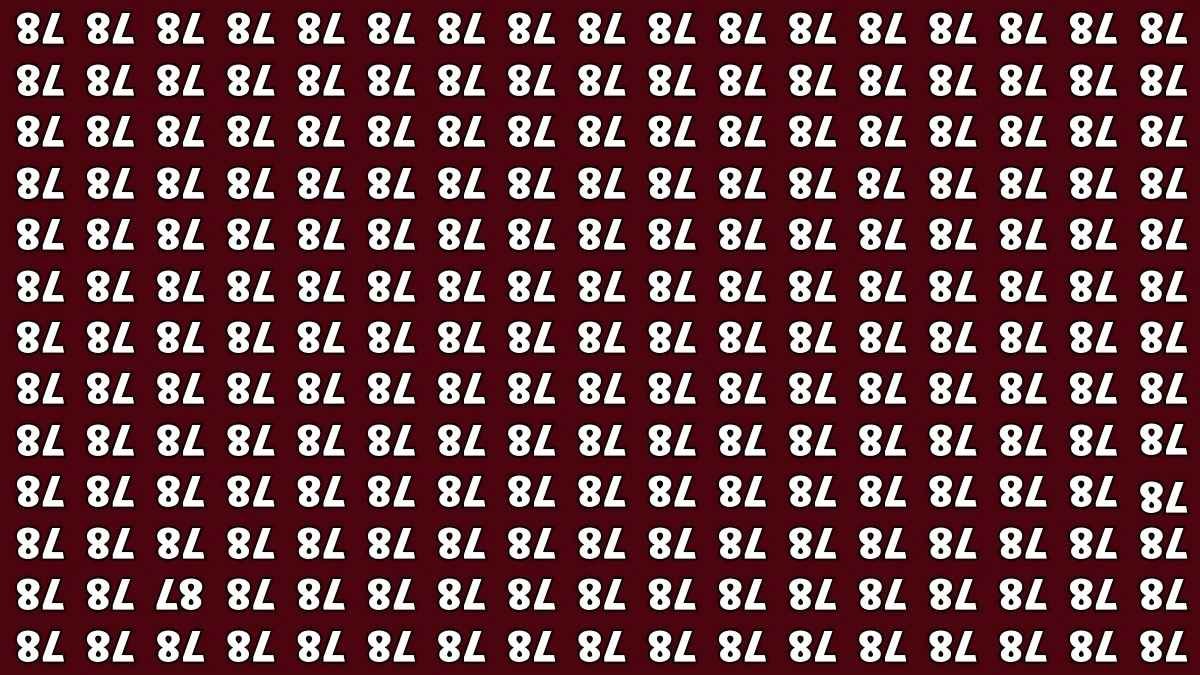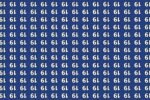Puzzles have long held a special place in our lives. Whether it’s a crossword in the morning paper or a challenging riddle passed around on social media, there’s something timeless about the joy of cracking a tough nut. But every now and then, a puzzle comes along that turns the internet upside down quite literally. One of the latest challenges stumping thousands of people online is deceptively simple: Spot the number 87 in a grid of inverted numbers. It sounds easy enough, but for many, this visual brainteaser is a real head-scratcher.
The Rise of Optical Puzzles in the Digital Age
In an era dominated by scrolling and swiping, quick visual puzzles have become the digital equivalent of a coffee break. You pause your day for a minute, stretch your brain, and then move on feeling either victorious or hilariously defeated. The “Spot 87” puzzle is the latest viral contender to take over timelines and group chats.
This puzzle shows a set of numbers arranged in rows, often on a parking lot or street sign background. What makes it interesting and frustrating is that the numbers are inverted, as if seen from a driver’s point of view backing into a parking space. Instead of being read left to right in the usual way, the numbers are presented upside down, and viewers must mentally rotate the image to make sense of it.
The Setup: What Makes It So Tricky?
At first glance, the puzzle appears straightforward: a sequence of numbers with one missing or out of place. Typically, the numbers shown might look like 86, 89, 88, 90, and 91. The challenge? To figure out what number fits in the sequence or to simply spot where 87 is in the lineup. Most people immediately look for a pattern based on typical counting rules ascending or descending order.
But that approach fails. Why? Because the numbers aren’t being displayed in the usual orientation. They’re inverted, flipped, or turned upside down depending on the specific version of the puzzle. What seems out of order is actually correct when viewed from a different perspective. That’s where the brain trip begins.
The Viral Image That Sparked Debate
The most widely circulated version of the puzzle features what looks like a parking lot with numbered spaces. People are shown a series like this: 86, ?, 88, 89, 90, 91, with the question being, “What number belongs in the blank spot?” Most instinctively try to spot the mathematical or logical progression. Is it alternating numbers? Is something being added or subtracted?
But the trick lies not in the math but in the perspective. When you flip the image as if you’re standing at the foot of the parking lot looking in, the numbers suddenly read in reverse. In that context, the numbers are perfectly sequential: 91, 90, 89, 88, 87, 86 just written upside down. That’s why 87 appears exactly where the blank was.
Why the Brain Falls for It
This puzzle stumps people not because it’s difficult in a traditional sense, but because it violates our visual expectations. The brain is conditioned to read numbers in a familiar format left to right, top to bottom, right side up. When an image breaks from those expectations without warning, we scramble to make sense of it using old frameworks that no longer apply.
In essence, this is a classic example of a cognitive bias known as functional fixedness. We’re so used to interpreting symbols in one way that we struggle to adapt when context shifts. Once we learn to rotate the image mentally or view it from another angle, the answer becomes immediately clear. But getting to that “aha!” moment takes some work.
The Power of Visual Illusions
What’s interesting about the 87 puzzle is that it taps into the same psychological principles as famous optical illusions. Just like the dress that was blue and black to some and white and gold to others, the inverted numbers puzzle shows how much our perception depends on context. We don’t just see with our eyes we interpret with our brains. That’s why two people can look at the same image and come away with completely different conclusions.
These puzzles remind us that reality isn’t always what it seems, especially when it’s filtered through human perception. And in a time when critical thinking is more essential than ever, even a simple number puzzle can offer a fun lesson in thinking outside the box.
What Makes a Puzzle Go Viral?
The success of a viral puzzle like this one isn’t just about clever design. It also hinges on frustration and satisfaction. A puzzle that’s too easy doesn’t travel far. But one that frustrates just enough to be a challenge then offers a deeply satisfying solution becomes irresistible. People want to share their moment of triumph. They want to challenge others to see if they too will be tricked.
Add in social media platforms where reactions are instant and viral loops can take hold in minutes, and you’ve got the perfect storm for a trending brain teaser.
Lessons Hidden in the Simplicity
Beyond the novelty and fun of it all, puzzles like the inverted 87 challenge offer a deeper message: Change your perspective, and the problem might just solve itself. This simple shift in viewpoint can apply to more than just puzzles. Whether you’re facing a creative block, a personal dilemma, or a tough decision, sometimes the answer lies in approaching things from a new angle.
It’s a reminder that what appears confusing or unsolvable at first might just need a fresh set of eyes or a flipped perspective.
Final Thoughts: Did You Spot 87?
If you’ve made it this far and haven’t yet tried the puzzle yourself, it’s time. Take a look at one of the versions floating around online, and put your brain to the test. Can you find 87 in the sea of upside-down numbers? If you do, congratulations you’ve cracked the code that’s fooled thousands.
And if you still can’t see it, don’t worry. You’re in good company. The best puzzles aren’t about making you feel bad they’re about challenging how you think and offering a moment of clarity when everything finally clicks.
So the next time you come across a riddle that seems impossible, remember the lesson of 87. The answer is probably right in front of you. You just need to look at it from the right angle.




